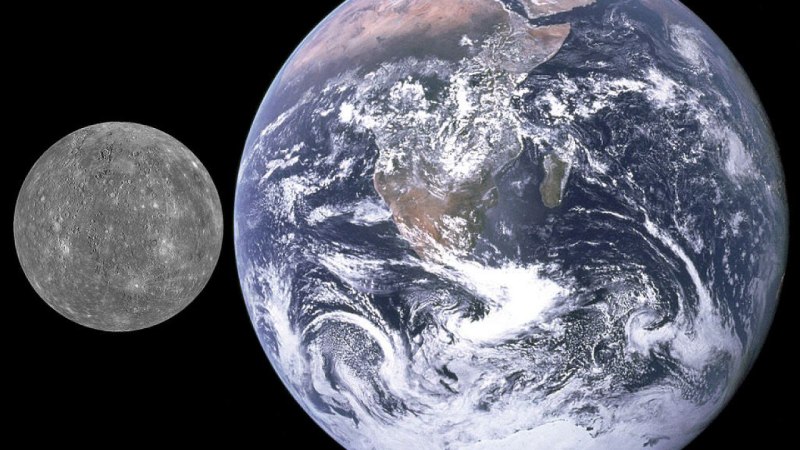Mercury is a celestial marvel that is closest to the Sun and has many interesting features that are just waiting to be discovered. The planet’s close proximity to the Sun causes it to undergo drastic temperature variations. Temperatures can reach a blazing 800 degrees Fahrenheit (427 degrees Celsius) during the day and as low as -290 degrees Fahrenheit (-180 degrees Celsius) at night. Mercury is the shortest year of any planet in our solar system because it orbits the Sun at a speed that is unstoppable—a full orbit takes just 88 Earth days. However, because of the planet’s location and the force of the Sun’s gravity, studying it is exceedingly challenging.
For this reason, researchers have turned to looking for hints on Earth that might provide light on Mercury’s composition. Nicola Mari, an Italian planetary geologist at the University of Pavia, is one such scientist. He researches the development and evolution of our solar system’s neighbors.
Furthermore, Mr. Mari discovered an amazing fact that Mercury was formerly as large as the Earth when on a recent visit to Cyprus.
Why Mr. Mari Visited Cyprus?
The geologist was searching for “boninite” in Cyprus because it is believed to have a striking resemblance to rocks on Mercury. If this theory is correct, it may provide insight into Mercury’s unusual beginnings.
Over 90 million years ago, under the Tethys Ocean, Cyprus was formed and then pushed towards the surface by an impact of tectonic plates. “In certain areas of Cyprus’s mountains, it’s like you are still walking over an ancient ocean bed,” Mr Mari stated to the BBC.
He was shocked to learn that the composition of rocks on Mercury and boninites was comparable. Mr. Mari declared, “They weren’t just similar; they were identical.” The composition of components, including iron, magnesium, and aluminium, and matched that of the enigmatic planet with the enormous core. The sole distinction was that, due to Earth’s oxygen-rich atmosphere, the rocks from Cyprus had naturally oxidized.
Mr. Mari said that more research into these rocks could provide some hints regarding the geological activity that occurred in Mercury’s history.
The theories about Mercury’s origin:
Mercury is an intense planet. Mariner 10 and Messenger are the only two space missions that have had the opportunity to observe our neighbor. By getting close enough to map the surface, they were able to uncover some shocking structural details about Mercury.
They demonstrated that Mercury’s crust was shockingly thin and its core was remarkably large. Furthermore, Mercury has a far higher concentration of thorium than its closest neighbors, according to surface spectrometry.
Because of the intense heat of the early Solar System, thorium should have evaporated. Rather, because of its distance from the Sun, its thorium concentration is more like to that of Mars, a planet three times further away, which would have developed at lower temperatures.
Based on the available data, scientists have concluded that Mercury formed close to Mars and that its initial mass was significantly larger than Earth’s, consistent with the planet’s huge core. They believed that Mercury’s present structure originated from a collision with another planetary body in its early years, which pushed Mercury spinning in the direction of the Sun.



